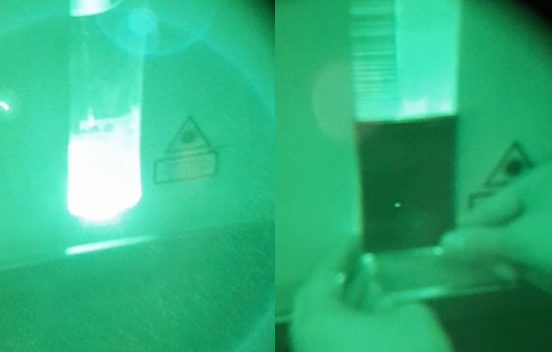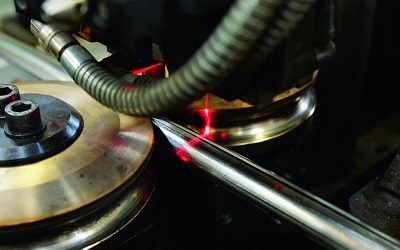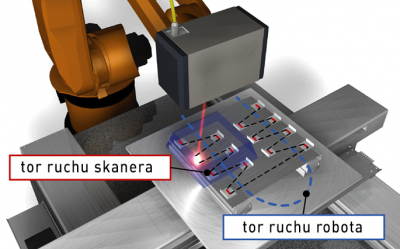In this article, we’ll take a closer look at how to label the level of protection provided by work clothing and safety fasteners, as well as explain the role of EU declarations of conformity and the markings on safety and health equipment.
Although most questions about how to read the meaning of a given level of protection concern safety glasses, it is worth remembering that the relevant standards must also be met by protective clothing, which includes gloves, helmets, coveralls, jackets, pants, coats and aprons.
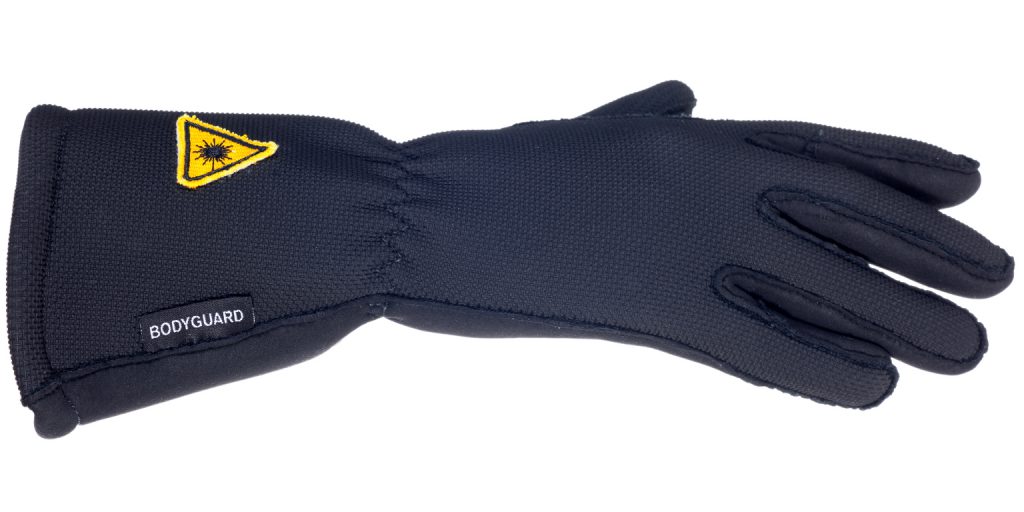
In the case of gloves, the PN-EN 12477-B:2005 standard applies, specifying resistance to abrasion, cutting, tearing, puncturing and minor liquid metal splatter, as well as the degree of thermal resistance, flammability and, interestingly, handiness, which is important in precision welding processes. Other workwear, on the other hand, is usually divided into two classes according to PN-EN ISO 11611:2015:11, i.e. class 1 with lower resistance (non-invasive welding techniques, low impact of splatter and thermal radiation) and class 2 more resistant to thermal factors.
Classification of protective clothing
| Class | Type of welding process | Characteristics of activities |
|---|---|---|
| 1 | Manual welding techniques with small splatter formation and molten metal droplets, such as gas welding, TIG, micro-plasma, brazing, spot and MMA welding | Operating machines, such as oxygen and plasma cutting machines, resistance welding machines, thermal spray machines, shop welders |
| 2 | Manual welding techniques with large amounts of spatter and droplets, such as MMA, MAG, MIG, self-service core wire welding, plasma and oxygen cutting, gouging, thermal spraying | Operating machinery in confined spaces and when welding/cutting overhead or in similar forced positions |
On this occasion, it is also worth mentioning protective glazing, which, although not strictly belonging to PPE, is subject to the PN-EN 207:2010 standard, as are protective goggles. Importantly, however, while glasses and goggles provide protection against direct radiation, glazing is used mainly to protect against diffuse radiation. It is worth keeping this in mind when selecting the appropriate type of shield, as the coincidence of degrees of protection (LB) can be misleading in this case. An alternative in this case is to use the provisions of PN-EN 12254:2011 “Screens for laser workstations – Safety requirements and tests”, which defines 10 levels of protection from AB1 to AB10, corresponding to the maximum power/energy density that the protective glass is able to absorb in 100 seconds. LB and AB levels are in many cases the same, but the latter applies only to protective screens.

CE declaration of conformity
As mentioned, compliance with European standards is confirmed by the CE declaration of conformity granted by accredited certification bodies. In Poland, the function of such a body is performed by the Polish Center for Accreditation, based in Warsaw. According to the Regulation of the European Parliament and of the Council (EU) 2016/425 of March 9, 2016. “In order to ensure that all PPE are tested in accordance with the latest knowledge, the maximum validity period of the EU type examination certificate should be five years.”
A marking indicating CE compliance – like the degrees of protection – should be placed in a conspicuous place on the PPE filter. Such marking consists of the number of the standard and the degree of protection for the type of laser and wavelength. For example, “PN-EN 12254 I AB8 990-1100” means that the protective glass meets the requirements of PN-EN 12254 and provides an AB8 protection range for a pulsed laser with a wavelength of 990-1100 nm.
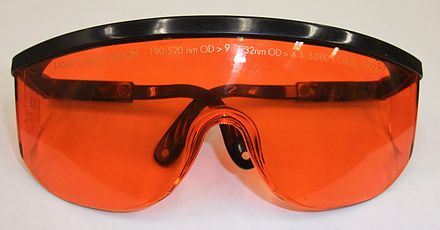
Only products marked in this way provide assurance of adequate protection against laser radiation. Therefore, before purchasing, always make sure that the manufacturer in question has a valid CE declaration of conformity and that its products are marked in a way that is legible to the user according to the above formula.

